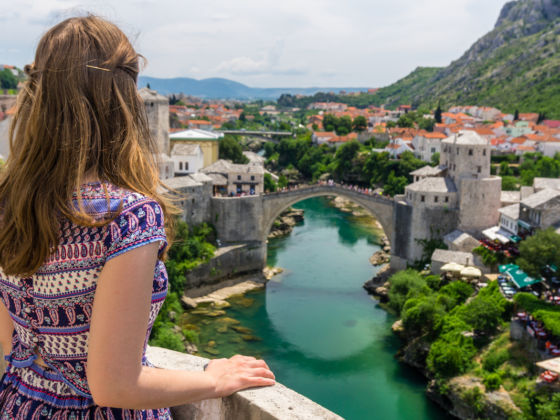In the 1990s, the Balkans were rife with ethnic conflict, but the days of Milosevic are done and the new republics are quickly moving forward, with lesser-known sites ready to take on Dubrovnik’s Old Town and Slovenia’s Lake Bled.
Sarajevo
In case you weren’t clear, the war’s over. Travelers are now trickling back into one of Europe’s most unique cities.
